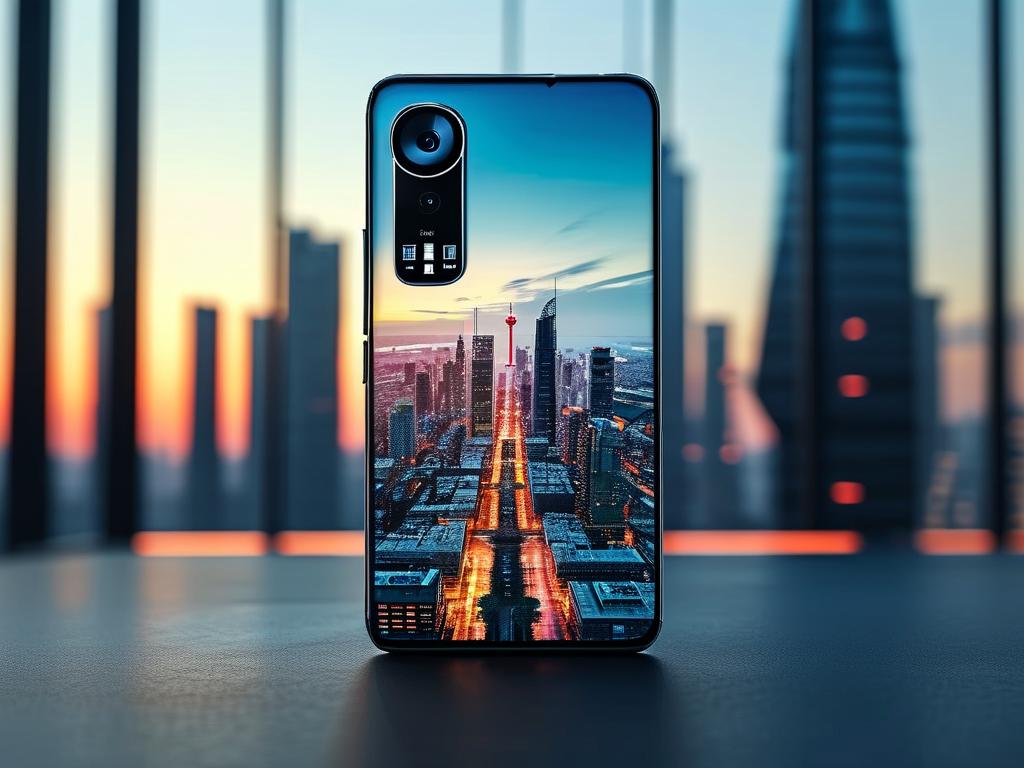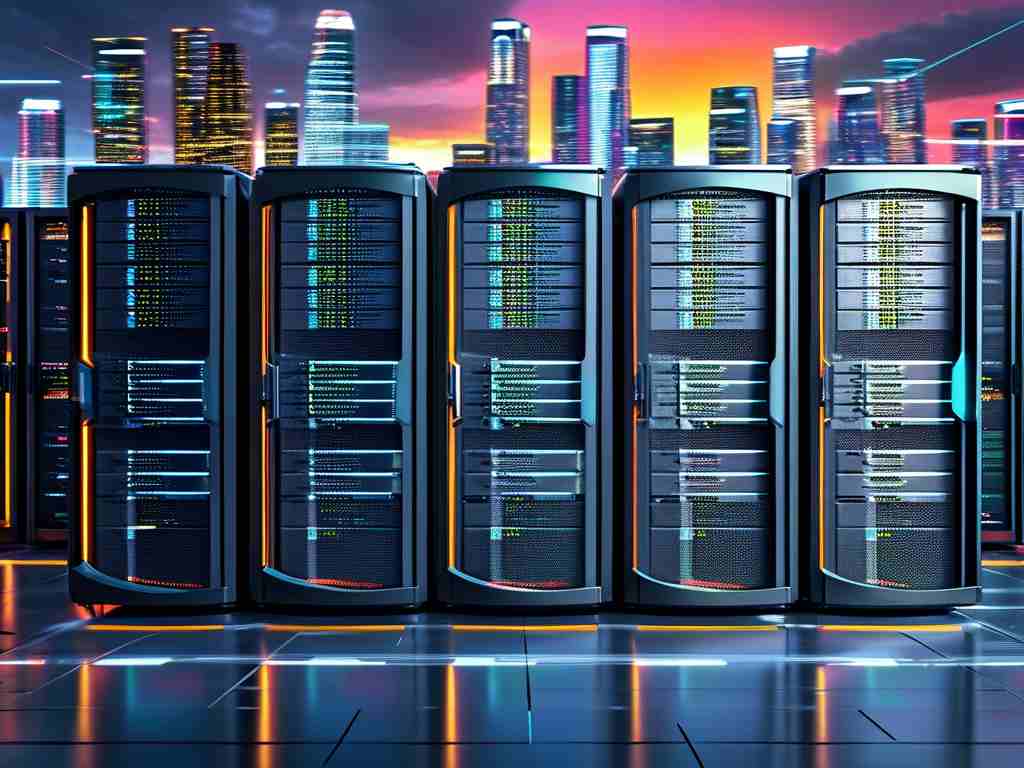Huawei smartphones have garnered global attention not just for their sleek designs and powerful cameras, but for their underlying technological innovations, particularly in the realm of distributed architecture. This concept, often associated with advanced computing systems, refers to a setup where multiple devices work together seamlessly as a single cohesive unit, sharing resources like processing power, storage, and connectivity without relying on a central server. In the case of Huawei, this isn't just a theoretical buzzword; it's a core feature integrated into their ecosystem, especially with the HarmonyOS operating system. Launched as a response to evolving user demands for interconnected experiences, HarmonyOS embodies a true distributed framework, enabling Huawei phones to collaborate effortlessly with other gadgets such as wearables, tablets, and smart home devices. For instance, imagine streaming a video on your Huawei phone and instantly shifting playback to a nearby smart TV with a simple swipe—no cables or complex setups required. This fluidity stems from the OS's microkernel design, which allows tasks to be distributed across devices dynamically, optimizing performance and battery life. Critics might argue that not every Huawei model fully leverages this architecture, as older devices or budget lines may lack the necessary hardware support. However, flagship series like the Mate and P-series consistently showcase these capabilities, turning the phone into a hub for a broader network. Beyond convenience, this distributed approach enhances security by localizing data processing and reducing reliance on cloud servers, a crucial edge in today's privacy-conscious world. Compared to competitors like Apple's iOS or Google's Android, which often require manual integrations or third-party apps for cross-device functionality, Huawei's solution feels more innate and user-friendly. It's a testament to the company's forward-thinking R&D, where engineers have embedded distributed principles into the very fabric of their devices. As we move into an era dominated by the Internet of Things (IoT), this architecture positions Huawei phones not just as standalone gadgets but as pivotal nodes in a larger, smarter ecosystem. Ultimately, while the term "distributed" might evoke complex enterprise systems, Huawei has democratized it for everyday consumers, making their phones a prime example of how distributed architecture can transform mobile experiences. This innovation underscores a broader shift in tech, where boundaries between devices blur, fostering a more intuitive and efficient digital life.






